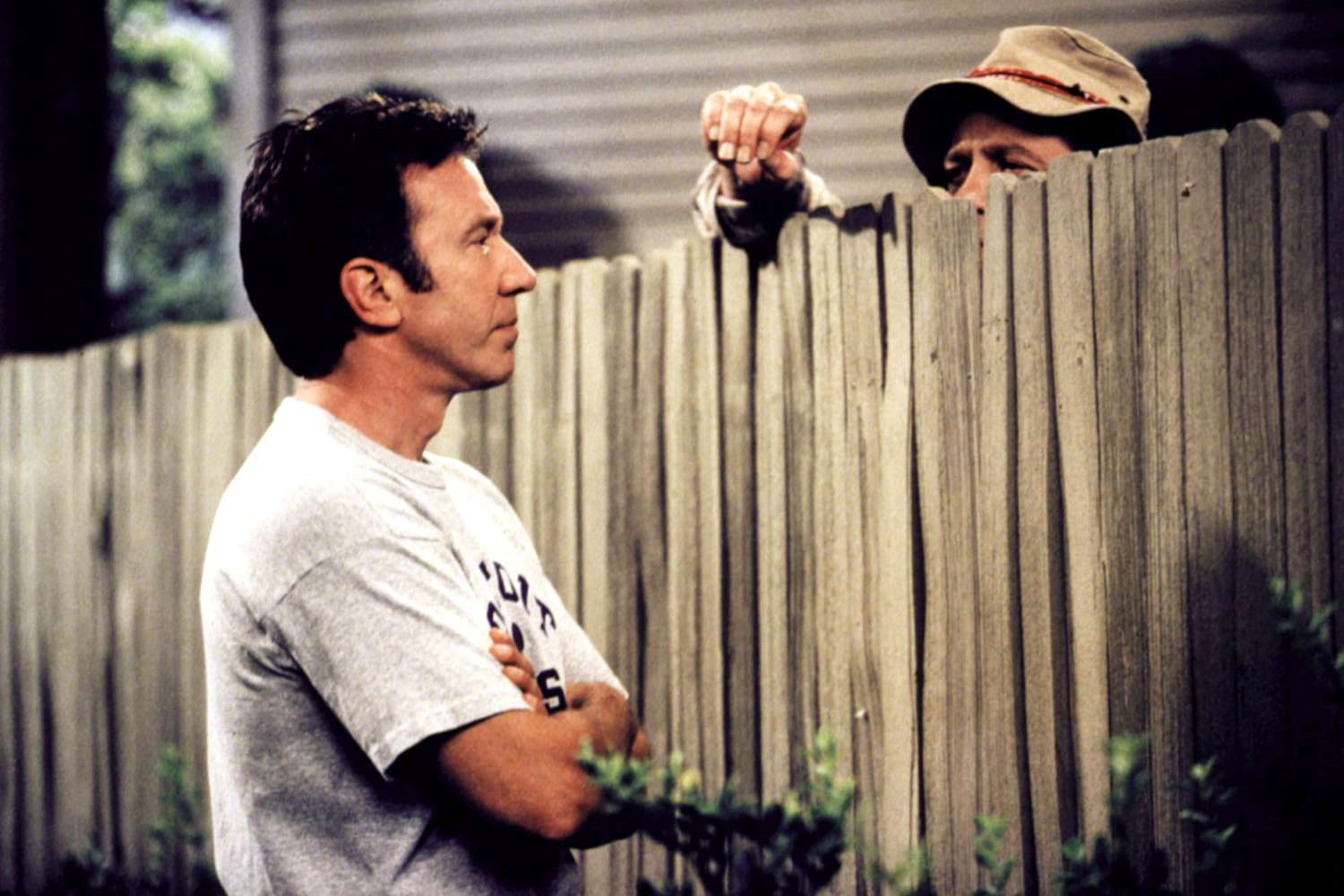

I grew up in a cul-de-sac of eleven houses. I knew each person who lived there, from first to last name. I knew the name of every family's dog. If they had a guinea pig or not. I knew which one to go to in search of a friend to play. I knew which one not to go to because they were “old folks.” I knew which one to avoid (for reasons such as weird family dramas or scary dogs). I knew which driveways not to linger in. Or who I couldn’t ding-dong-ditch. I knew where to find my grandparents—usually in the backyard talking with a neighbor.
I’d stop by, give my grandparents a hug as they continued to chat. And then linger.
For me, lingering while the adults “talked business” was fun. I’d lend a listening ear to whatever neighbor gossip they exchanged.
This is how I figured out who was moving out of the neighborhood, who was moving in, which couple was pursuing a divorce, which family got a new dog, which family experienced a sudden death, which neighbors despised one another, and which neighbors were “besties.”
I’d come to understand the rhythms and relationships of the place I called home.
Before Facebook, There Was the Back Fence
Believe it or not, there was a time when social media platforms were not the first place we shared the details of our lives. We exchanged this information face-to-face. Sometimes planned, other times spontaneous.
We’d meet up with neighbors in their backyard by the fire. Or sometimes run into them at the grocery store and stop for a quick chat.
We didn’t need the “story feature” to give people updates—just a shared property line.
News didn’t break with a ping notification, but through presence. You’d wave people over, or they’d wander by, and before you knew it, you were deep into a four-hour conversation that spans topics from garden tips to your estranged uncle’s second marriage.
The Back Fence Was The OG Feed
Unlike today’s staged posts, these exchanges were unfiltered, unscheduled, and undeniably genuine. There was something of solace in the immediacy of it all—the tone of voices, the way they shifted their feet as you stood there for hours at a time, or the shared laughter over your dog’s ecstatic tail wagging.
You didn’t need an algorithm to prioritize who you heard from.
Simple proximity and property lines did that.
Your neighbors' detailed lives mattered because they were lived just steps away from you.
Do any of us recall the hit television show, Home Improvement, with Tim Allen? (And before you say I’m too young to know about that show—don’t worry, my dad had it on repeat.)
Remember how Tim would gravitate toward the backyard fence to talk with Wilson, the seemingly wise, always half-hidden neighbor? Those scenes weren’t just for comedic relief—they captured a reality most of us shared.
That fence wasn’t a boundary; it was a meeting place.

Everyone had a Wilson—or maybe was a Wilson—always ready with a multifaceted, sometimes strange story, helpful tips or unsolicited advice, or just the simple act of being present.
As the show depicted it, these moments weren’t scheduled. They just happened to be in their backyards at the same time. Even with a fence between them, it was the place they came together.
And now? We don’t lean in. We scroll.
When Did the Fence Disappear?
Physically, our fences are still there. But socially, we’ve retreated from them.
What was once a point of connection—where coincidences of presence turned into stories and gossip into genuine care—has become a symbol of separation.
Somewhere along the way, our fences went quiet. They stand, either chain links or white pickets, as a border between you and me.
The casual drop-ins faded, replaced by texts that more than likely start with, “Hey, sorry to bother you, but…” And even in neighborhoods where people still wave as they pass by, the act of leaning an elbow on the fence and pausing your activities to chat feels like something from a bygone era.
We didn’t just stop talking—we stopped showing up altogether.
Back then (and it’s a shame I even have to phrase it that way, because it’s no longer the norm), stopping to talk with a neighbor wasn’t seen as an interruption. It was built into the rhythm of our day-to-day.
Now we just mutter, “That kid Ethan next door is so annoying.”
But honestly? What a pleasure it is to at least know that detail. Because it means we’re still paying attention, still aware of one another’s lives—however minimally.
Maybe that’s what we’re really missing: not the fences themselves, but the everyday moments that happened around them.
So, what?
The art of “talking by the fence” isn’t just reserved for “old folks.”
I remember partaking in neighborhood gossip with kids on my street. We’d sit on the sidewalk while we played with chalk or lay on the trampoline staring up at the blue skies, swapping stories and secrets like the adults did.
Maybe we don’t need to avoid each other.
Try mowing your lawn at the same time as your next-door neighbor—you don’t have to wait for him to finish. Chances are, you’ll end up chatting, swapping tips on grass care, hearing about the new job, or simply catching up.
The more we put ourselves out there where others can see us, the more we open ourselves up to the possibility of getting to know our neighbors even better.
It’s as simple as that.

Sierra Ozolins is a West Michigan native, currently a student at Hope College. As an athlete, she is passionate about fitness—from running to weightlifting. With a interest for politics and lifestyle, she is intrigued how local culture, community, and everyday events shape the world around her—often with an iced coffee in hand and her dog by her side.